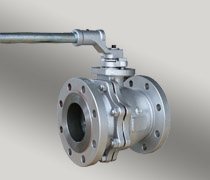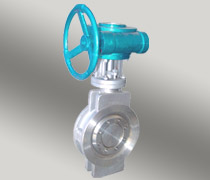
Calcium stearate is carboxylate of calcium that is found in some lubricants and surfactants. It is a white waxy powder.[1]
Production and occurrence
Calcium stearate is produced by heating stearic acid, a fatty acid, and calcium oxide:
2 C17H35COOH + CaO → (C17H35COO)2Ca + H2O
It is also the main component of soap scum, a white solid that forms when soap is mixed with hard water.[2] Unlike soaps containing sodium and potassium, calcium stearate is insoluble in water and does not lather well.[citation needed] Commercially it is sold as a 50% dispersion in water or as a spray dried powder. As a food additive it is known by the generic E number E470.
Applications
- Calcium stearate is used as a flow agent in powders including some foods (such as Smarties), a surface conditioner in hard candies such as Sprees, a waterproofing agent for fabrics, a lubricant in pencils and crayons.
- The concrete industry uses calcium stearate for efflorescence control of cementitious products used in the production of concrete masonry units i.e. paver and block, as well as waterproofing.[3]
- In paper production, calcium stearate is used as a lubricant to provide good gloss, preventing dusting and fold cracking in paper and paperboard making.[4]
- In plastics, it can act as an acid scavenger or neutralizer at concentrations up to 1000ppm, a lubricant and a release agent. It may be used in plastic colorant concentrates to improve pigment wetting. In rigid PVC, it can accelerate fusion, improve flow, and reduce die swell.
- Applications in the personal care and pharmaceutical industry include tablet mold release, anti-tack agent, and gelling agent.
- Calcium stearate is a component in some types of defoamers.
Download attachments:
















